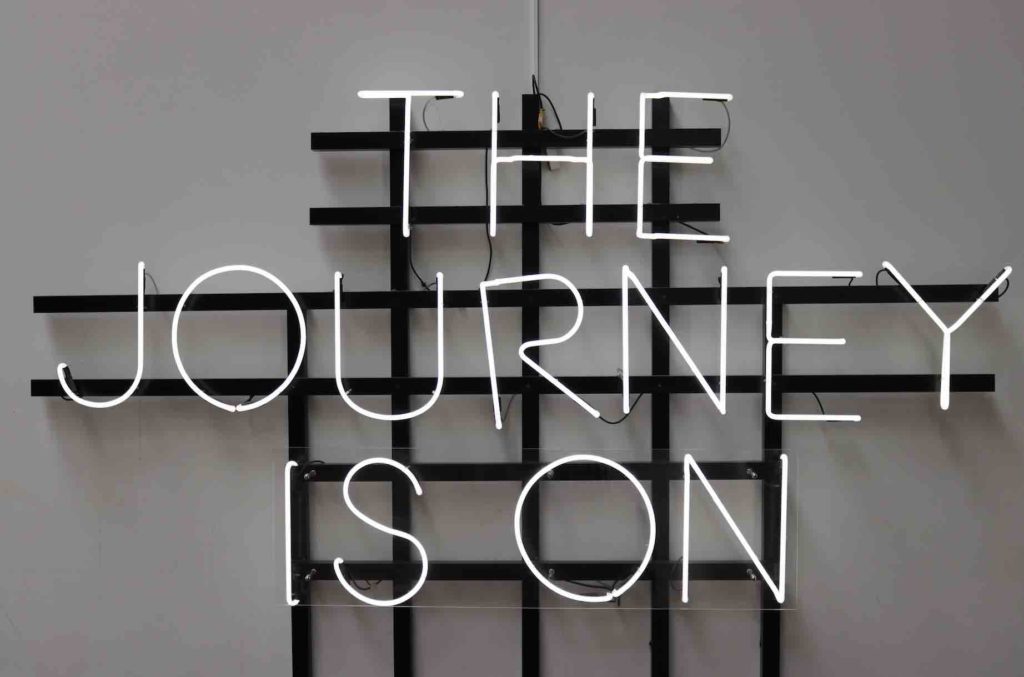Obtaining the data can open up so much insight, but let us not forget that context is the place where everything starts to have meaning.
Just because something is easy to measure doesn’t necessarily mean that it is right. Jenny Lewis, senior UX consultant and Dave McRobbie, digital strategist, look at the importance of reigning in, rather than misinterpreting the metrics.
For many companies, conversion represents utopia. Jenny says, “For businesses where transactions are their main focus, naturally conversion metrics represent a benchmark for ‘success’. However, we need to make a rational connection between what is being measured and the realities of what is really happening. Time on site and A/B testing are great metrics, but don’t necessarily tell you the full story.”
Making assumptions is natural, it helps us solve problems and create benchmarks, but we also need to validate, if we are using them to make decisions. Dave says, “We need to look beyond the immediate goal and click through rates, call to action buttons and page layouts. We are seeing a shift to a more long term emphasis on lifetime value and how businesses generate trust and a long term commitment from others.”
If Something Feels Easy To Measure, Is It Right?
Volume, reach and traffic present easy to track and at a glance figures, but doesn’t create any value when looked at in isolation. Jenny says, “You need to understand why people are behaving a particular way, but this can be easily missed when looking at data on its own. For instance, a spike in traffic could be from an ad campaign, seasonality, or media exposure and may not necessarily present a factual picture of what you are looking for. High conversion rates from an ad campaign, present a glowing picture, but what happens when the ad spend finishes?”
Related to a true picture, it can also be easy to come armed with your own perceptions of how customers behave. Dave recognises the risks involved, “Sometimes for a business when they approach with what they want people to see, it can default to clicks and sign-ups. By understanding that you can’t treat everyone the same presents a truer landscape. For instance, there need to be different measures at different points of the journey. Life is not as simple as an Amazon mentality of everything being one click! Also, handing freebies to customers to present buoyant conversion rates, does not necessarily create a true representation.”
What Do We Need To Look At For A True Picture?

Jenny knows the importance of having a reason for everything. “It all comes down to relevance and the circumstances of what you want to track. Context and data have to work together. When there is the context it provides a path to follow.”
“There are so many tools to use to track measurement, you have to recognise what fits best with the project in hand that enables you to easily interpret. Don’t just jump headfirst into analytics, do observational research and then dig deep into the data and validate. As an example, we did some user research and uncovered an issue with a search feature that all 10 of our participants experienced. Naturally, this felt like a significant issue as it affected everybody we conducted research with and was on a business-critical user journey.”
“By checking the data afterwards we soon discovered that the journey was only taken by around 5% of the websites’ users. Armed with the insight from research and the data to show the impact, we made sure we could focus our time on fixing other areas of the user journey that were more reflective of the majority of the website traffic.”
Creating a true interpretation beyond presumptions, spikes and department bias comes with accepting the unknown. Dave suggests, “Make a rational connection between what you want and the expectation from the customer. Numbers are assumptions until they become recognised into the behaviour you want to monitor and what signals the attitude from others.”
Before you open your favourite analytical tool, to observe the numbers, have a goal in mind.
When context leads, not just the means of measurement it will allow us to design and build user experiences that are relevant, personalised and feel natural. This means that testing and research helps with improved delivery or service.
Without being swayed by your own presumptions, recognise what you want to track, and then validate what you find. When you start to have meaning, it helps to present the way that your world looks and the customers who are a part of it.
